Ask AI on The Internet
Question: Describe or Explain the following Terms or Events 7) Indian Removal Act – 8) Trail of Tears – 9) Manifest Destiny – 10) Bleeding Kansas – 11) Popular Sovereignty – 12) California Gold Rush - Describe the Following Events of the Plains Between Natives and the U.S. 13) Sand Creek Massacre – 14) Battle of Little Bighorn – 15) Ghost Dance – 16) Battle of Wounded Knee –
Certainly! Here are detailed explanations for each term or event you've listed: ### Terms or Events #### 7) Indian Removal Act The Indian Removal Act was a law passed in 1830, during the presidency of Andrew Jackson. It authorized the President to negotiate with Native American tribes in the Southern United States for their removal to federal territory west of the Mississippi River in exchange for their ancestral homelands. This act led to the forced relocation of thousands of Native Americans, often under harsh and brutal conditions. #### 8) Trail of Tears The Trail of Tears refers to the tragic forced relocation of Native American nations from their ancestral homelands in the Southeastern United States to areas west of the Mississippi River, designated as Indian Territory, in present-day Oklahoma. This event took place mainly between 1838 and 1839 and resulted in the deaths of thousands of Native Americans due to exposure, disease, and starvation during the journey. #### 9) Manifest Destiny Manifest Destiny was a 19th-century doctrine or belief that the expansion of the United States throughout the American continents was both justified and inevitable. This ideology was used to rationalize the westward territorial expansion and was often characterized by a sense of mission to spread democracy and capitalism, which led to significant conflicts with Native American tribes and other nations. #### 10) Bleeding Kansas Bleeding Kansas describes a period of violent conflict between pro-slavery and anti-slavery factions in the Kansas Territory between 1854 and 1859. This conflict was triggered by the Kansas-Nebraska Act, which allowed the settlers of a territory to decide whether it would be free or slave-holding based on popular sovereignty. The violence and clashes foreshadowed the broader conflict that would erupt in the American Civil War. #### 11) Popular Sovereignty Popular Sovereignty is the principle that the authority of a state and its government is created and sustained by the consent of its people, through their elected representatives. In the mid-19th century United States, it referred particularly to the policy that allowed the settlers of federal territories to decide whether to allow slavery within their boundaries. #### 12) California Gold Rush The California Gold Rush was a mass migration to California following the discovery of gold at Sutter's Mill in Coloma, California, in January 1848. The rush peaked in 1849, attracting people from all over the United States and abroad. It had significant economic, demographic, and social effects, leading to California's rapid settlement and its admission as a state in 1850. ### Events of the Plains between Natives and the U.S. #### 13) Sand Creek Massacre The Sand Creek Massacre occurred on November 29, 1864, when a 700-man force of Colorado Territory militia attacked and destroyed a peaceful village of Cheyenne and Arapaho people in southeastern Colorado Territory, killing and mutilating an estimated 150–500 Native Americans, mostly women, children, and elderly. #### 14) Battle of Little Bighorn The Battle of Little Bighorn, also known as Custer's Last Stand, took place on June 25-26, 1876. It was a significant victory for the Lakota Sioux, Northern Cheyenne, and Arapaho tribes against the 7th Cavalry Regiment of the United States Army, led by General George Armstrong Custer. The battle was part of the larger conflict known as the Great Sioux War of 1876. #### 15) Ghost Dance The Ghost Dance was a new religious movement incorporated into numerous Native American belief systems. It originated in the late 19th century and was based on the visions of the Paiute prophet Wovoka. The Ghost Dance movement spread among various tribes and held that the performing of this dance would reunite the living with the spirits of the dead, bring peace, prosperity, and unite the tribes against U.S. expansion. #### 16) Battle of Wounded Knee The Battle of Wounded Knee, or the Wounded Knee Massacre, took place on December 29, 1890, near Wounded Knee Creek on the Lakota Pine Ridge Indian Reservation in South Dakota. U.S. troops killed more than 250 Lakota men, women, and children. This event is considered the last major confrontation in the American Indian Wars and symbolized the end of Native American resistance to U.S. expansion. Each of these events played a significant role in the complex and often tragic interactions between Native American tribes and the expanding United States during the 19th century.
Think your answer is better than the AI's? Post it below.
Other Most Relevant Posts:
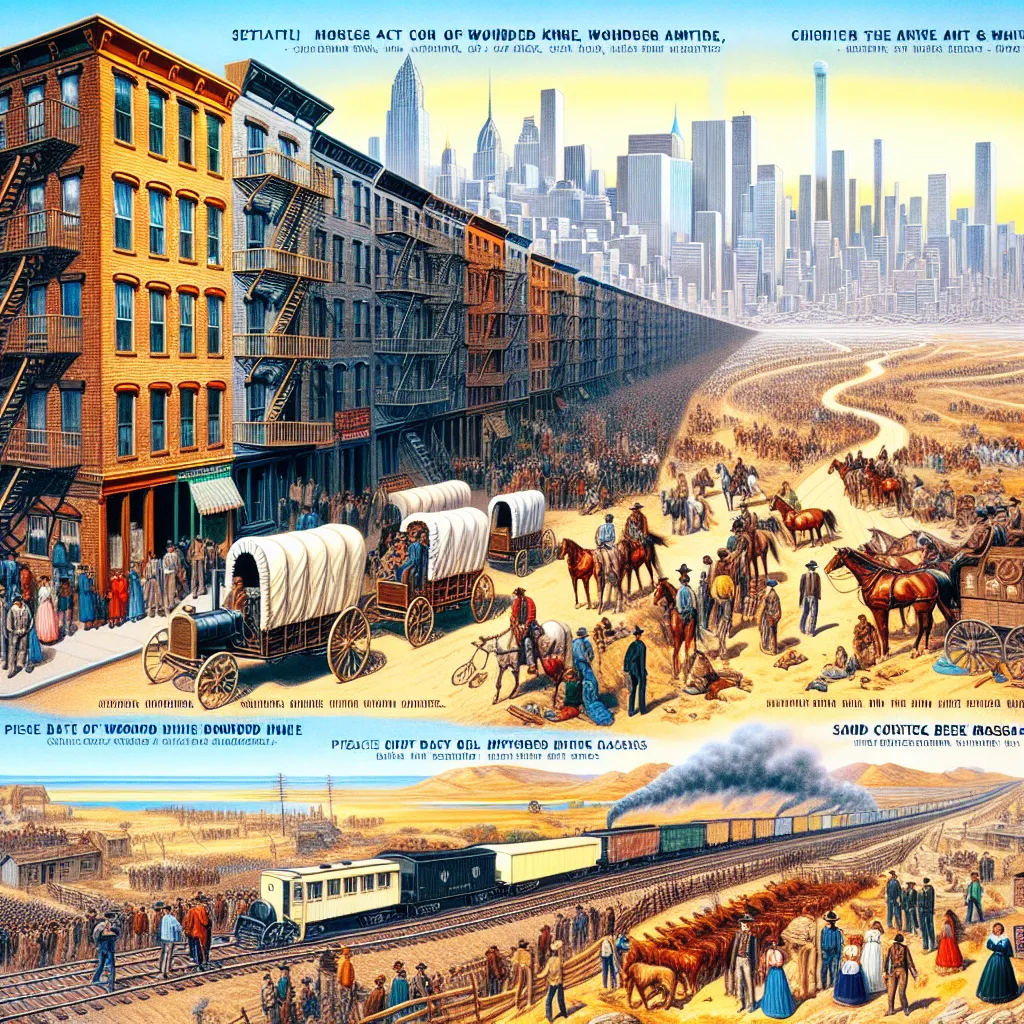 52) Tenement Housing: Poor Conditions in Urban Dwellings
53) Sand Creek Massacre: Deadly Attack on Native American Village
54) Battle of Wounded Knee: Violent Confrontation with Sioux
55) Dust Bo
52) Tenement Housing: Poor Conditions in Urban Dwellings
53) Sand Creek Massacre: Deadly Attack on Native American Village
54) Battle of Wounded Knee: Violent Confrontation with Sioux
55) Dust Bo
 1. Tenement Housing in the Shadow of Industrialization
2. The Sand Creek Massacre: A Tragic Chapter in History
3. Battle of Wounded Knee: A Broken Treaty's Final Confrontation
4. Dust Bowl Migran
1. Tenement Housing in the Shadow of Industrialization
2. The Sand Creek Massacre: A Tragic Chapter in History
3. Battle of Wounded Knee: A Broken Treaty's Final Confrontation
4. Dust Bowl Migran
Question Tags
If you want your question answered by an AI, click here.
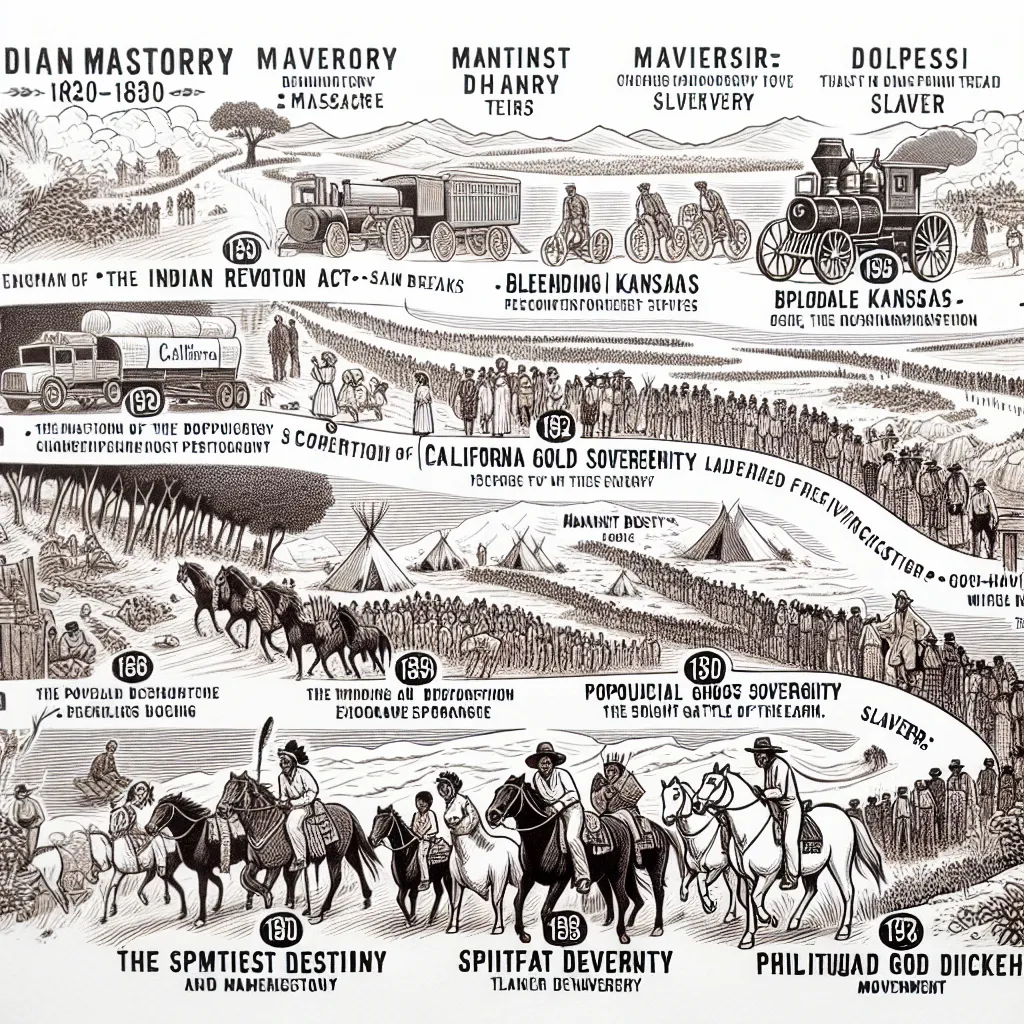
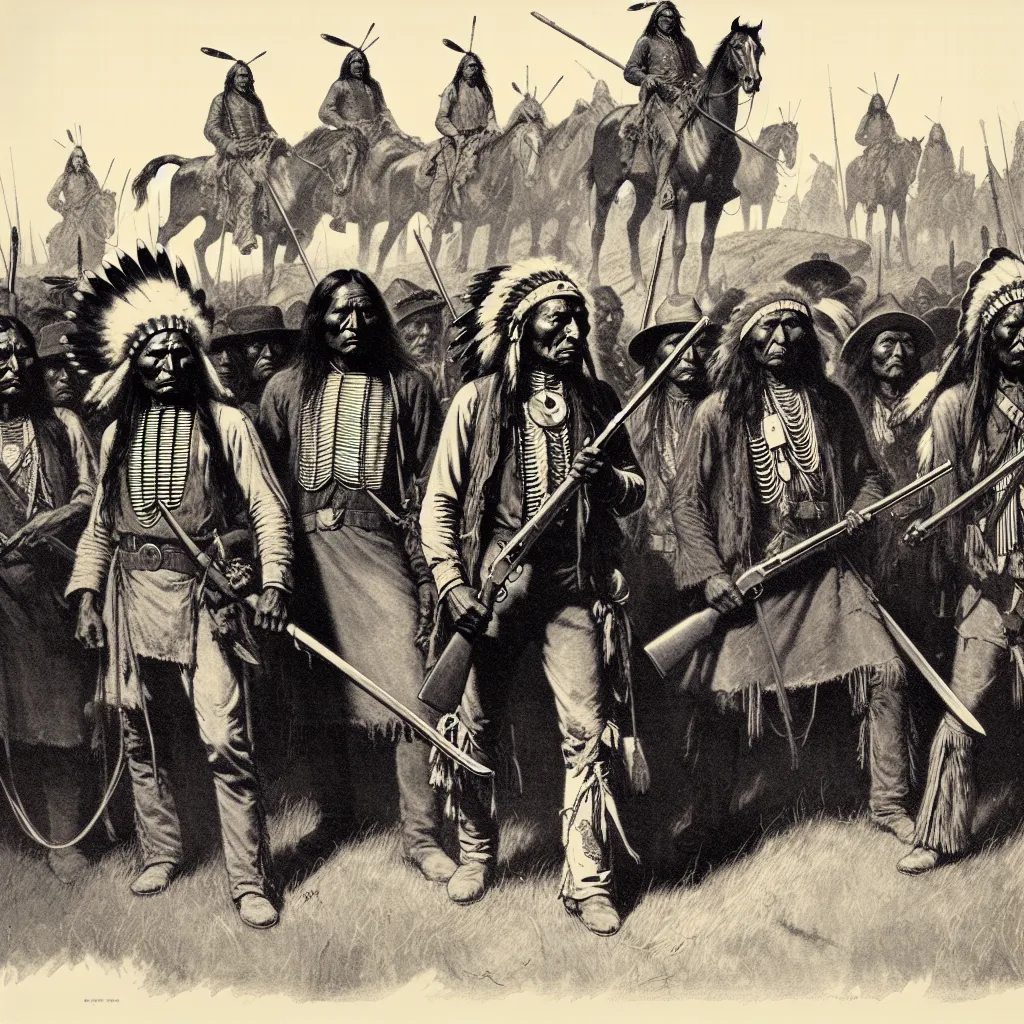
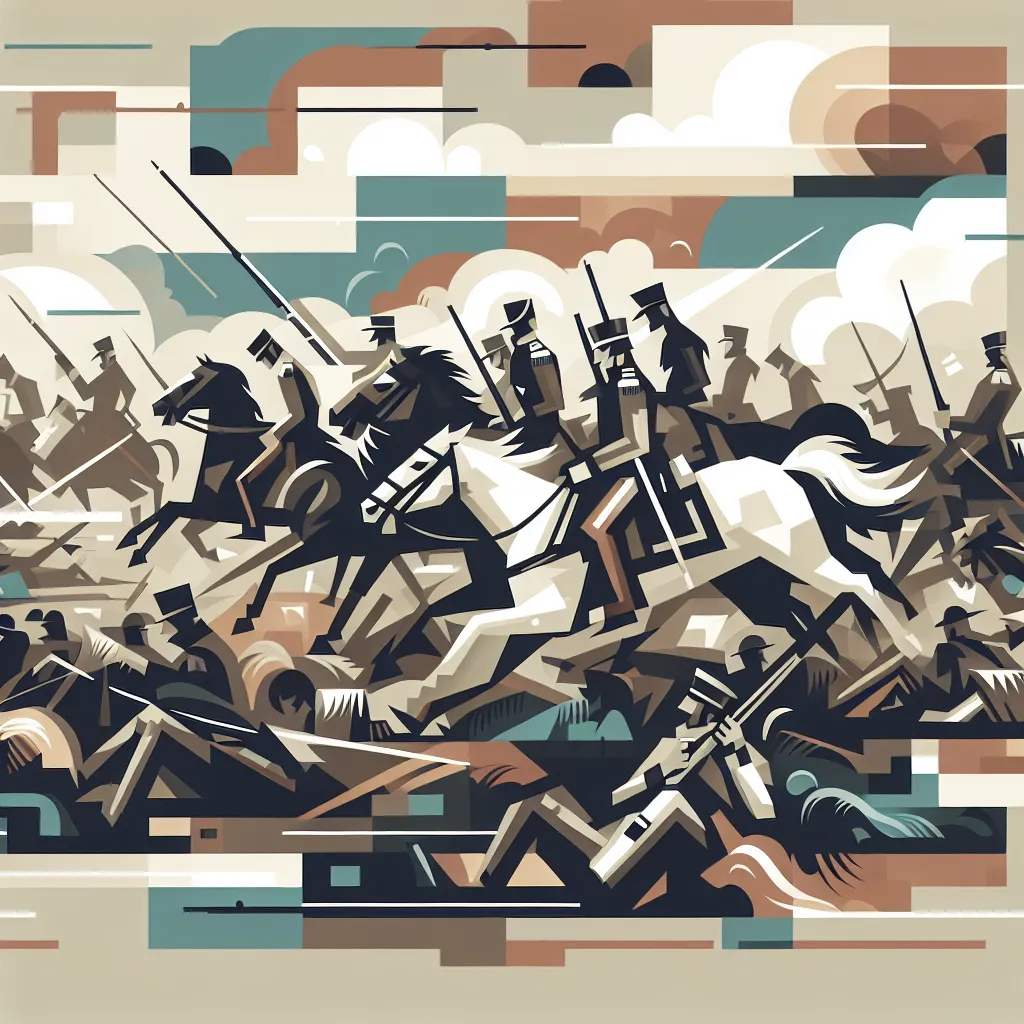
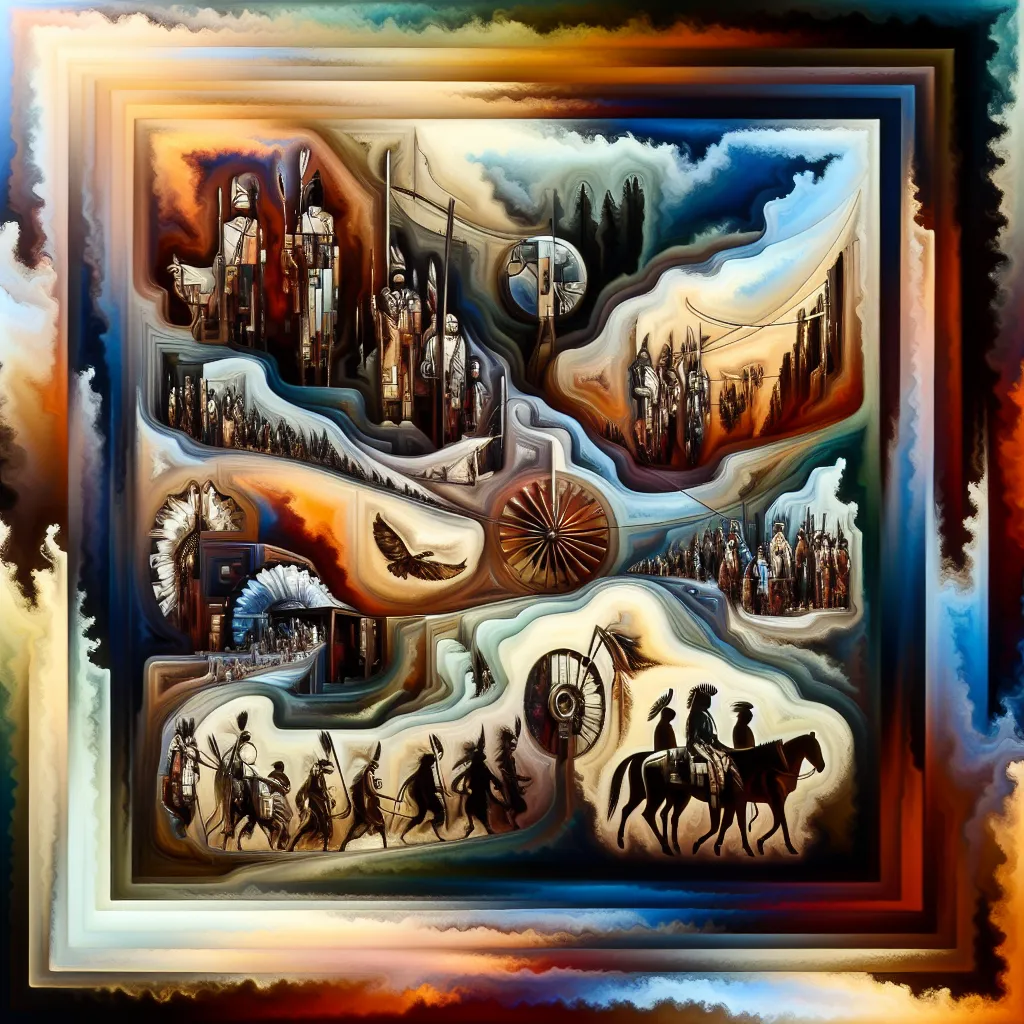
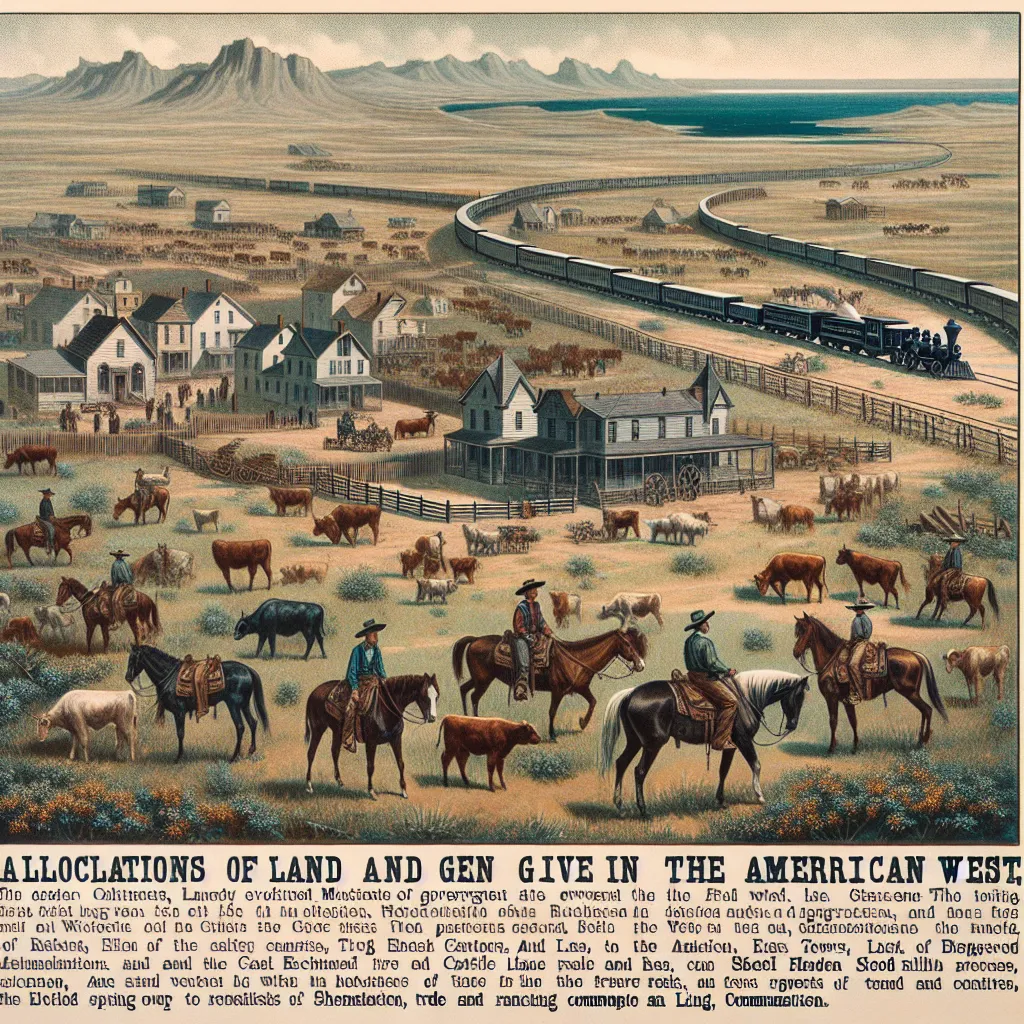
Post your own comment: